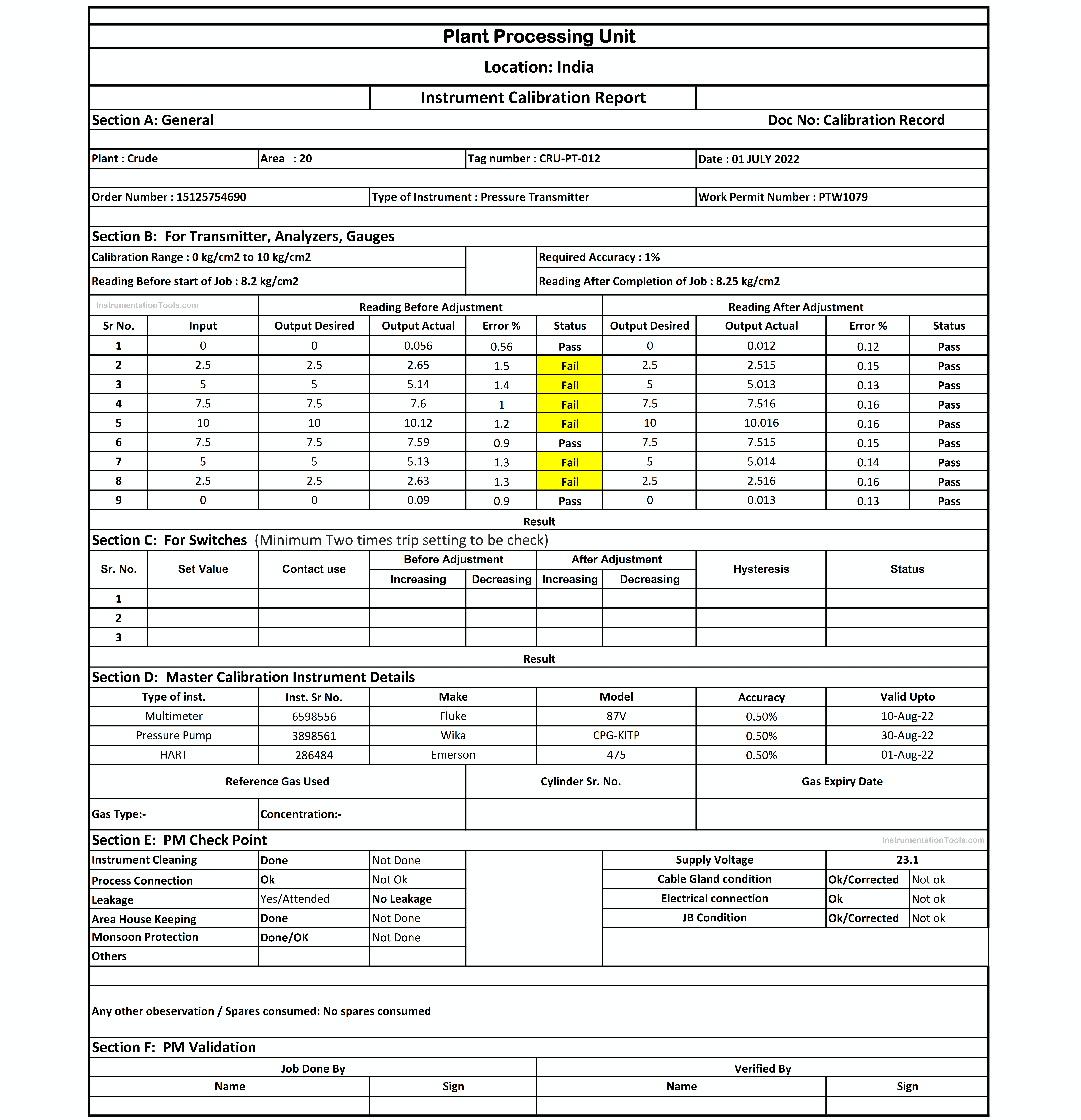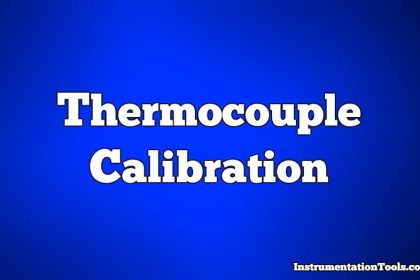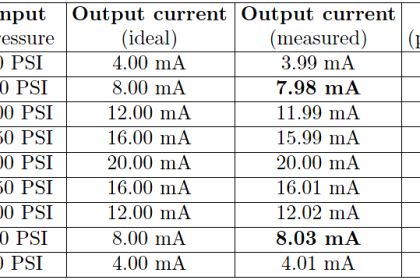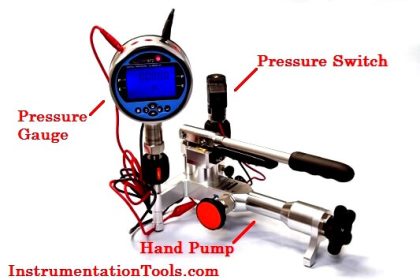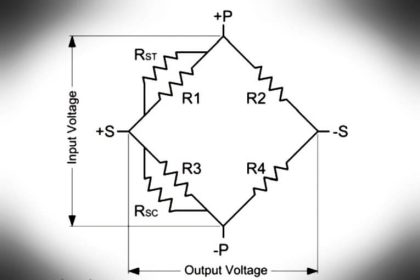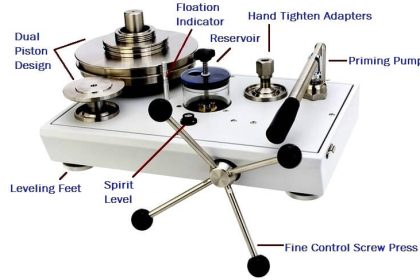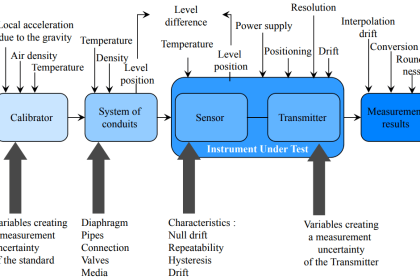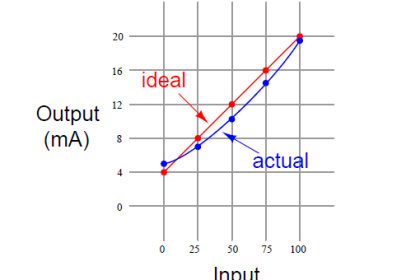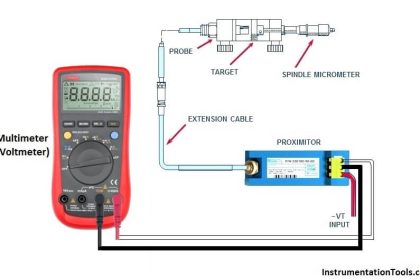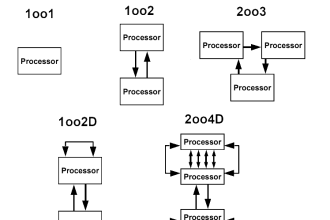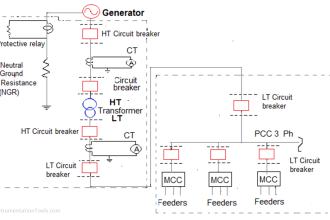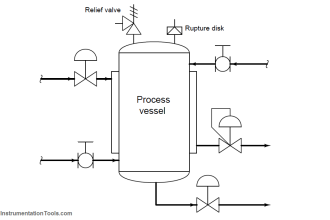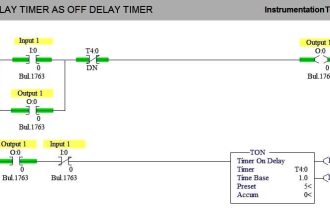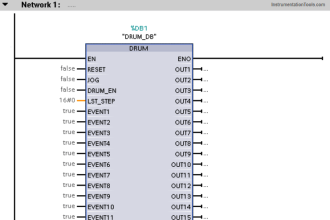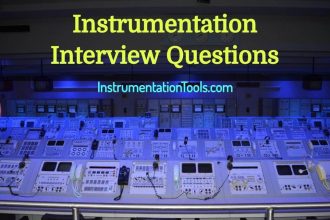Instrumentation engineers do maintenance and calibration of various field instruments.
We do carry out preventive maintenance as well as corrective maintenance of field instruments like control valves, on-off valves, pressure transmitters, flow transmitters, level transmitters, temperature transmitters, fire & gas detectors, and analyzers, etc.
After job completion, we have to fill up a calibration record for that particular instrument.
The calibration record is the proof that the instrument was calibrated on the mentioned date & time and the result of the calibration can be found in the calibration record. This calibration record is needed as per IMS policies and other approvals also.
Calibration Records
We need the below-mentioned data for the creation of the calibration record.
- Exact tag number of the instrument as per your system policy (SAP system or any other system being followed at your plant).
- Location or the area in which the instrument is installed.
- Order number on which the job is assigned. (or any specific PM job details)
- The date & time on which the job is carried out. (Don’t use the order generation date here).
- Range of the instrument as per the datasheet. In the case of a differential pressure type flow transmitter, we need two ranges i.e. the differential pressure in mmH2O and flow rate in m3/hr. (or any other units)
- Maximum permissible error in %. (It is required to validate the calibration result)
- Note down the readings before starting the PM job and readings after completion of the PM job.
- Note down the response of the instrument in terms of range in 0%, 25%, 50%, 75%, and 100% in an increasing manner and also similarly in decreasing manner.
- The sample calibration excel sheet is provided. It will automatically calculate the error in %.
- Here we are supposed to enter values if our instrument is having errors more than the maximum permissible error. One before calibration and one after calibration.
- A different area is provided for switches like vibration switch, level switch, pressure switch, flow switch, and temperature switch. Always test the switch more than two times.
- We also need to maintain the record of the gas cylinders we used for calibrating any analyzer or the gas detector. A column for that is also present in the calibration sheet.
- Details of TCI also needs to be filled up for reference purpose.
- The calibration sheet also contains a column where we can enter other job details. Details like some corrosion observed, installation not proper, proper approach not available, and spares consumed can be added here.
- At last, we need to enter the details of the persons who are involved in the PM job.
Download Calibration Record in Excel: Click Here
Pressure Transmitter Calibration Record
A sample copy filled up for a pressure transmitter can be seen. This pressure transmitter was not having a proper response during the PM job i.e. error was greater than the maximum permissible error. Hence, we calibrated the pressure transmitter.
